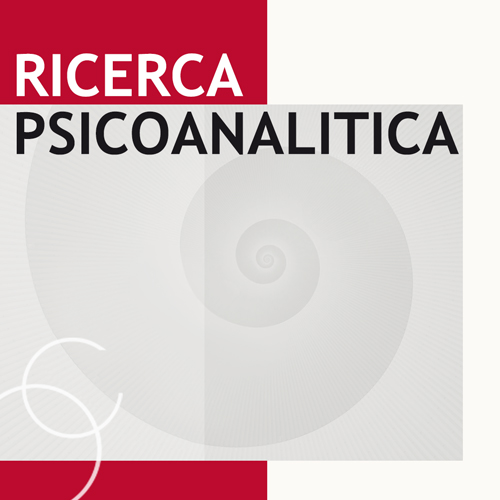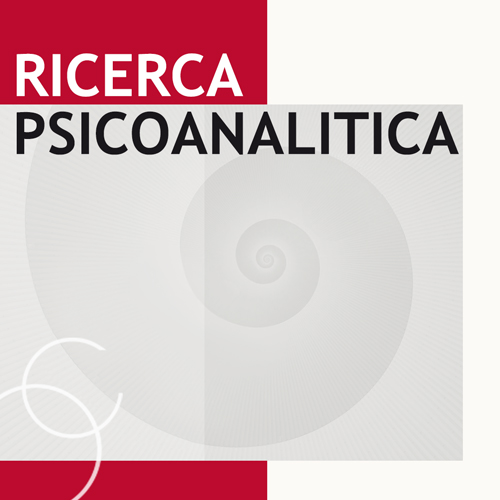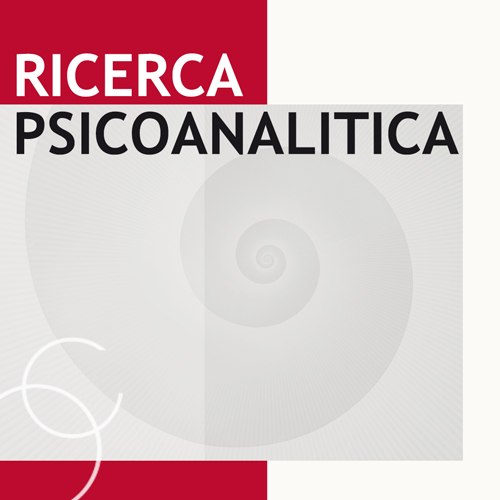Dialogo Aperto - un nuovo approccio psicoterapeutico e orientato ai diritti umani per costruire servizi psichiatrici umanistici
Ricevuto: 17 febbraio 2021
Accettato: 1 maggio 2021
Pubblicato: 22 dicembre 2021
Accettato: 1 maggio 2021
Abstract Views: 3624
PDF: 355
PDF (English): 153
PDF (English): 153
Publisher's note
All claims expressed in this article are solely those of the authors and do not necessarily represent those of their affiliated organizations, or those of the publisher, the editors and the reviewers. Any product that may be evaluated in this article or claim that may be made by its manufacturer is not guaranteed or endorsed by the publisher.
All claims expressed in this article are solely those of the authors and do not necessarily represent those of their affiliated organizations, or those of the publisher, the editors and the reviewers. Any product that may be evaluated in this article or claim that may be made by its manufacturer is not guaranteed or endorsed by the publisher.
Articoli simili
- Fabio Vanni, Luigi D’Elia, Carlotta Longhi, Giuseppe Cersosimo, Matteo Lima, La Rete per la Psicoterapia Sociale: il concretizzarsi di un’idea , Ricerca Psicoanalitica: V. 35 N. 2 (2024)
- Luigi Cancrini, Francesca Romana De Gregorio, Ansia, depressione e psicoterapia , Ricerca Psicoanalitica: V. 34 N. 2 (2023)
- Sara Zucchi, Case ripiegate su loro stesse , Ricerca Psicoanalitica: V. 35 N. 2 (2024)
- Silvia Marchesini, Commento al libro ‘La terapia psicodinamica è efficace? Il dibattito e le evidenze empiriche’ , Ricerca Psicoanalitica: V. 35 N. 2 (2024)
- Fabio Vanni, Editoriale , Ricerca Psicoanalitica: V. 35 N. 3 (2024)
- Fabio Vanni, Silvia Bertoli, La consultazione psicologica come prima esperienza clinica trasformativa , Ricerca Psicoanalitica: V. 35 N. 3 (2024)
- Rocco Filipponeri Pergola, Costanza Rosati, La scuola come luogo per una ‘clinica del sociale’ (PolisAnalisi) , Ricerca Psicoanalitica: V. 33 N. 1 (2022)
- Anna Barracco, Giuseppe Cersosimo, Urgenza psicologica. Storia e funzionamento di un servizio di psicologia “militante” nella e per la città , Ricerca Psicoanalitica: V. 35 N. 3 (2024)
- Luigi D'Elia, Per una psicoterapia d’ispirazione sociale , Ricerca Psicoanalitica: V. 35 N. 1 (2024)
- Daniele Morelli, Laura Corbelli, La creatività in psicoterapia come “dialogo co-riflessivo tra soggetti agenti”: una proposta clinica e teorica , Ricerca Psicoanalitica: V. 35 N. 2 (2024)
Puoi anche Iniziare una ricerca avanzata di similarità per questo articolo.

 https://doi.org/10.4081/rp.2021.529
https://doi.org/10.4081/rp.2021.529







